1990s
Post-Cold War transitions
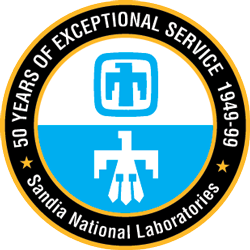
50 Years of Exceptional Service 1949-1999
1991
January 17, 1991
Sandia-advanced synthetic aperture radar (SAR) used in Desert Storm
Desert Storm began. Sandia-advanced synthetic aperture radar (SAR) deployed and used during the action.
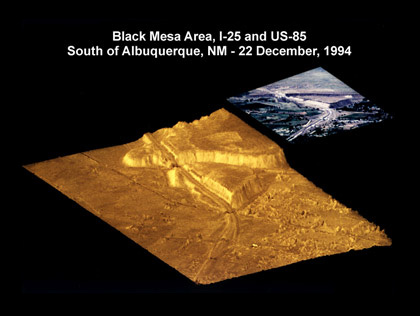
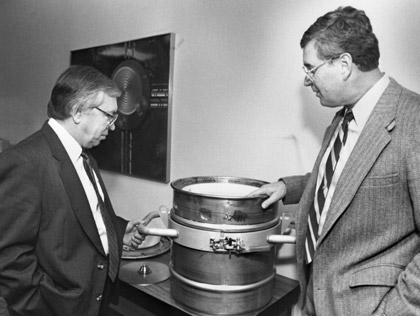
November 1, 1991
Congress passed the Cooperative Threat Reduction Act
This act opened the way for collaboration among U.S. and former Soviet weapon labs. Shown in the image, Russian Ambassador Vladimir Lukin listens to Roger Hagengruber explain the Sandia-designed container for transporting pits from dismantled Russian weapons,1992.
1992
January 1, 1992
Presidential-candidate Bill Clinton visited Sandia/New Mexico site.
Shown in the image, presidential candidate Bill Clinton listens to Laboratories Director Al Narath describe a glucose monitoring sensor. Left to right: Clinton, Los Alamos Director Sig Hecker, Narath, and Dave Haaland of materials reliability.
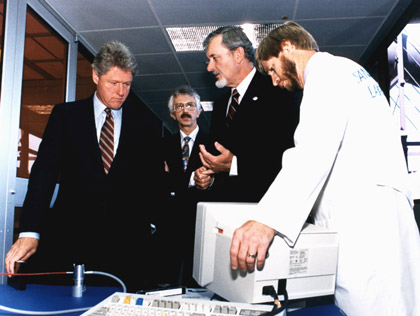
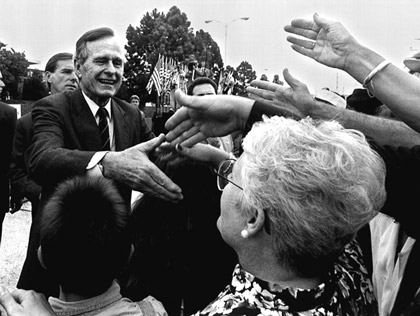
September 1, 1992
President George H. W. Bush visited Sandia’s Albuquerque site during campaign
During his visit, he announced major additional funding for nuclear non-proliferation programs.
1993
May 27, 1993
DOE announced consolidation of missions at end of Cold War
DOE announced that, as the nuclear weapons complex was downsizing in the wake of the Cold War’s end, mission assignments would be consolidated at facilities that remained open. Sandia received the mission assignment for neutron generator production as the Pinellas Plant in Florida was closing.
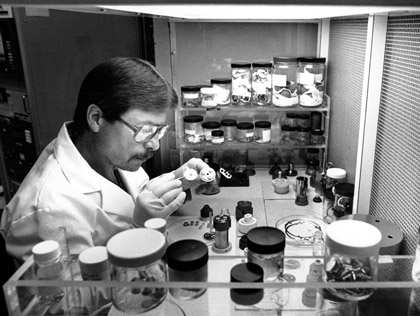
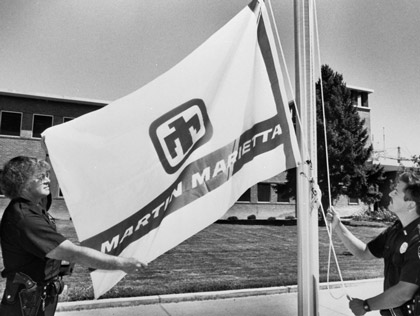
October 1, 1993
Martin Marietta assumed the Sandia management contract
Sandia Corporation became a Martin Marietta company, leaving the AT&T fold for the first time. On March 15, 1995, Martin Marietta merged with Lockheed Corp. to become Lockheed Martin.
1995
May 7, 1995
Cooperative Monitoring Center began hosting arms control specialists
The goal of the Cooperative Monitoring Center (CMC) was to use shared treaty monitoring technology to help regions build confidence in their detection capabilities and thus trust their diplomatic solutions. In recent years the CMC averages 100 tours per year from 121 countries. Shown in the image: During the first foreign visit to Sandia’s new Cooperative Monitoring Center, delegates of five Middle Eastern nations inspect ground sensors available from U.S. government labs and industry, 1994.

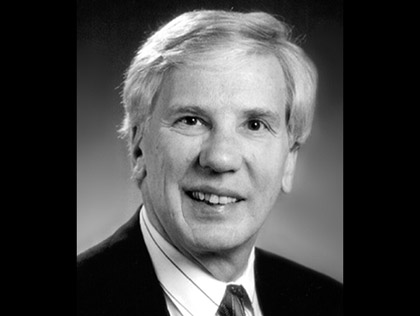
August 15, 1995
C. Paul Robinson became Sandia Corporation President & Sandia Director
Stepping up into the primary leadership role from the vice presidency for laboratory development, Paul Robinson focused on streamlining internal operations and placing a renewed focus on the defense and energy-environment programs. He successfully moved Sandia completely out of its Cold War focus and turned its attention to the new century, establishing relationship with the Russian nuclear laboratories, encouraging a burgeoning biosciences research capability, and extending supercomputing. At the same time, Dr. Robinson was an effective advocate for defining a new nuclear weapons policy for the 21st century and the place of the nuclear weapons laboratories within it. He provided calm inspiration on and after September 11, 2001, for a workforce anxious to bring its expertise to bear in defense of the nation.
1996
December 11, 1996
Supercomputing milestone reached for one trillion operations per second
The joint effort of DOE, Sandia, and Intel, the ASCI Red massively parallel computer broke through the supercomputing milestone of one trillion operations per second (one teraflops). Developed as part of DOE’s Accelerated Strategic Computing Initiative (ASCI), ASCI Red was built by Intel in Beaverton, Oregon, where the demonstration was held. Once its speed was demonstrated, it was disassembled and shipped to Albuquerque, where it was re-assembled and fully operational in June 1997. For more than three years it was universally recognized as the fastest computer in the world, achieving ever-greater processing speeds. It was brought off-line in December 2005. DOE’s ASCI program involved all three of the now-NNSA laboratories (Sandia, LANL, and LLNL) in pursuit of the simulation of nuclear testing in support of the U.S. nuclear stockpile.
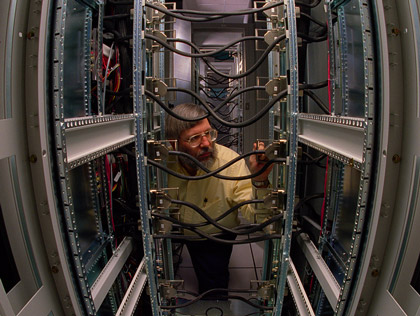
1997
July 4, 1997
NASA’s Pathfinder space probe arrived on Mars
The Pathfinder’s landing was cushioned by airbags designed by a Sandia/Jet Propulsion Laboratory team. Sandia designed and constructed 3/8-scale prototype airbags in its Parachute Laboratory. A finite element structural model of the designs provided predictions of the stresses and strain in the airbag material during impact. Testing at Sandia’s aerial cable site and the vacuum sphere provided data on the prototypes.
1998
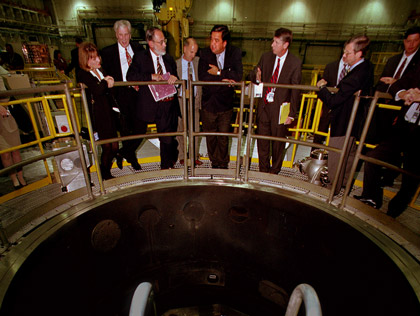
February 1, 1998
Z Machine achieved output of 80 times entire world’s output of electricity
This output of 290 trillion watts for billionths of second represented a nearly 10-fold increase in output capability over the course of two years and was a significant step forward in both simulation of nuclear testing and the pursuit of fusion energy.
February 1998
President Clinton acknowledged Sandia staff members who disarmed Unabomber bomb
In a speech in Albuquerque, President Clinton publicly revealed for the first time that Sandia staff members Chris Cherry and Rod Owenby played in the Unabomber case. In 1996, the FBI called on the Sandians to help disable a bomb found in the Unabomber’s cabin. Using the Pan Disrupter, the bomb was disarmed without detonating, preserving evidence later used in the case against the Unabomber.
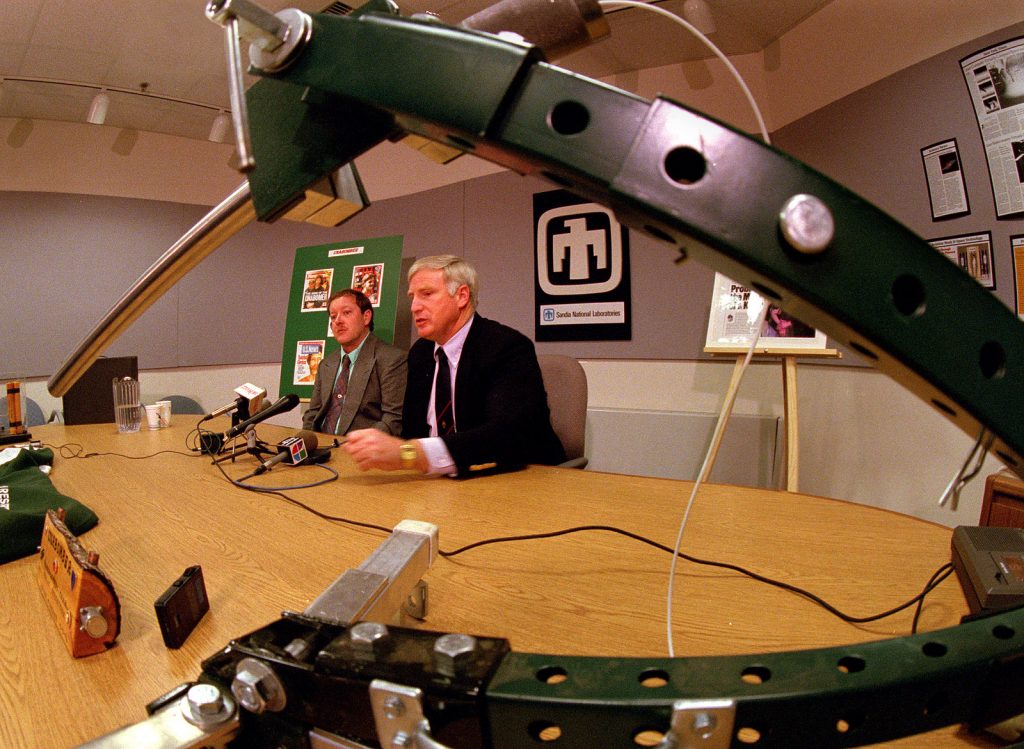
1999
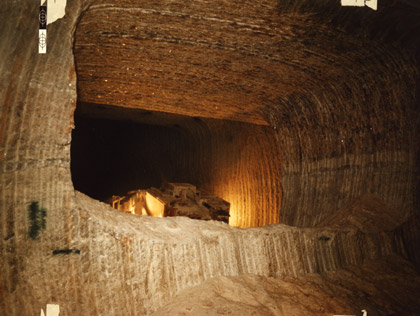
March 26, 1999
Waste Isolation Pilot Plant received its first shipment of waste
Sandia was named scientific advisor for the Waste Isolation Pilot Plant (WIPP) research effort in 1974, providing the geologists, engineers, and scientists that studied and helped select the site, laid out the facility’s conceptual design, generated the first Environmental Impact Statement, tested the transportation casks, and, in general, provided the scientific information upon which regulatory agencies eventually certified the repository.